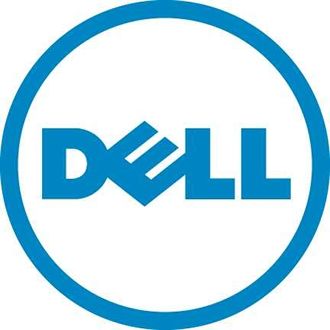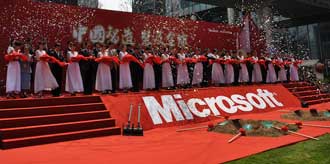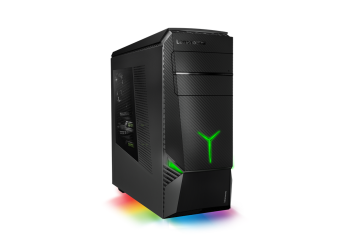 RSA President Amit Yoran has hinted that the long-awaited spinoff of RSA as a separate, private company might still be happening.
RSA President Amit Yoran has hinted that the long-awaited spinoff of RSA as a separate, private company might still be happening.
In an email, Yoran said that Dell had spent a few hours this week at RSA, discussing the RSA business and where that fits into the Dell “egosystem”. For those who came in late, Dell is going to buy EMC, the parent company of RSA, for $67 billion.
Yoran said that creating growth in security is a business that Dell clearly understands, and the relationship between Dell and Secureworks was also “thoughtfully constructed to create leverage”.
Dell announced earlier this month that it plans an initial public offering of the Secureworks business.
“Michael is also aware of our transformation activities at RSA and very supportive. He is keen to continue learning more about RSA and come up with meaningful ways EMC, Dell and he can contribute to our success in the future. It’s all about creating leverage and accelerating our growth.”
Dell was adamant about the benefits of taking a company private in order to foster growth, Yoran added.
“Dell was also very articulate about the benefits of operating as a private company, including our ability to plan and execute on a longer time horizon without the blinding focus on 90 day reporting cycles. Having spent a vast majority of my career running private companies, I couldn’t agree more.”
He did not say that RSA was in talks to spin off as a private company, but EMC was in serious talks to spin off RSA into an independent company for months before the Dell acquisition. What Yoran is saying fits very much into that concept.


















